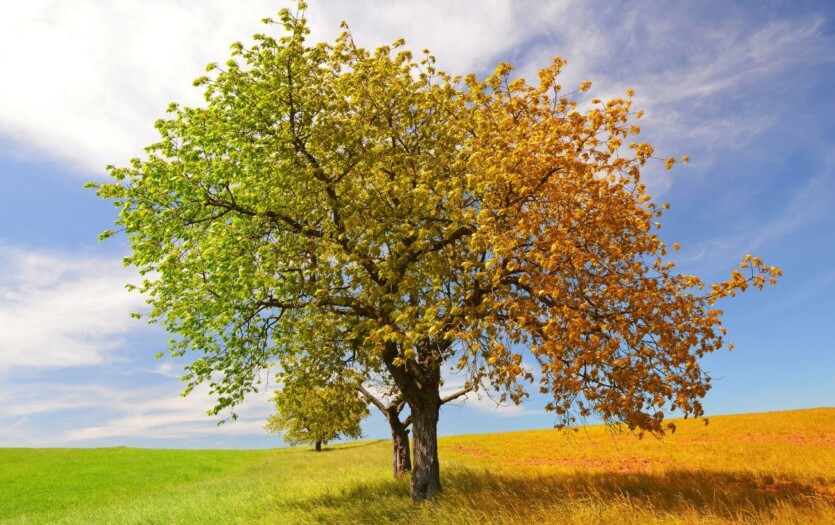
Recent research by British scientists shows that human activity has led to changes in the usual seasons and even the emergence of new ones.
In particular, in a recent study, Thomas Smith of the Department of Geography and Environment, London School of Economics and Political Science, and Felicia Liu of of the Department of Environment and Geography at Wentworth Way, University of York, announce the emergence of new anthropogenic seasons.
As examples, they give «haze seasons» y northern and equatorial countries of Southeast Asia, where the sky is covered with haze for several weeks at a time. This haze of smoke is the result of large-scale burning of vegetation, destruction of forests and conversion of land to agricultural use.
Similarly, there is an annual «garbage season», during which. The tides bring plastic to Bali’s shores between November and March. At the same time, some of the usual seasons are gradually disappearing, which negatively affects ecosystems and agriculture.
It can also include radical changes or complete abandonment of the annual migrations of many animals. For example, shortening the breeding season for seabirds in northern England.
Due to climate change and rapid warming, winter sports, for example, are under threat, as there is less and less snow in the usual places for this snow cover. The researchers note that seasons with hotter summers and milder winters in temperate climates with a large number of extreme weather events are becoming more common. At the same time, the timing of such familiar events as the fall of leaves or the arrival of migratory birds is becoming increasingly unpredictable.
«We have coined the term «arrhythmic seasons», borrowed from cardiology, to refer to abnormal rhythms that include an earlier spring or breeding season, a longer summer or growing season, and a shorter winter or hibernation», — the researchers note.
Changes in seasonal patterns disrupt the synchronization of interconnected plant and animal life cycles and disrupt the existence of human communities that depend on them economically, socially, and culturally. In the north In Thailand, human activity has altered natural rhythms and worsened the region’s water and food supply.
Residents tributaries of the Mekong have been relied upon for generations on the seasonal flow of water for fishing and agriculture. However, initially, the construction of dams upstream disrupted the usual cycles, preventing the migration of fish and the accumulation of sediment necessary for soil fertility on local farms. And then climate change led to changes in rainfall distribution patterns. Dry seasons became longer, while rainy seasons, on the contrary, shortened but became more intense, leading to fires and the loss of large amounts of crops, as well as general uncertainty among farmers.
The authors of the study note that humanity’s response to changes in seasonal weather conditions can both improve and worsen the state of the environment In Southeast Asia, public awareness of the «haze season» has led to improved weather forecasts, installation of air filters in homes, and public health initiatives.
Such efforts help local human communities to adapt. However, such adaptive solutions will eventually become ineffective if nothing is changed fundamentally. At the same time, the authors of the study express concern that state institutions and political and power structures may censor any attempts to disseminate truthful information about climate and weather changes.
«The change of seasons requires us to rethink our relationship with time and the environment. Today, most of us perceive time in terms of days, hours, and minutes — a global standard used everywhere from smartphones to train schedules. However, this way of measuring time ignores older and more localized ways of understanding time — those shaped by natural rhythms, such as the onset of the rainy season or solar and lunar cycles, rooted in the lives and cultures of different communities», — the researchers emphasize.
The results of the study are published in Sage journals
Sources: The Conversation; LiveScience

Spelling error report
The following text will be sent to our editors: